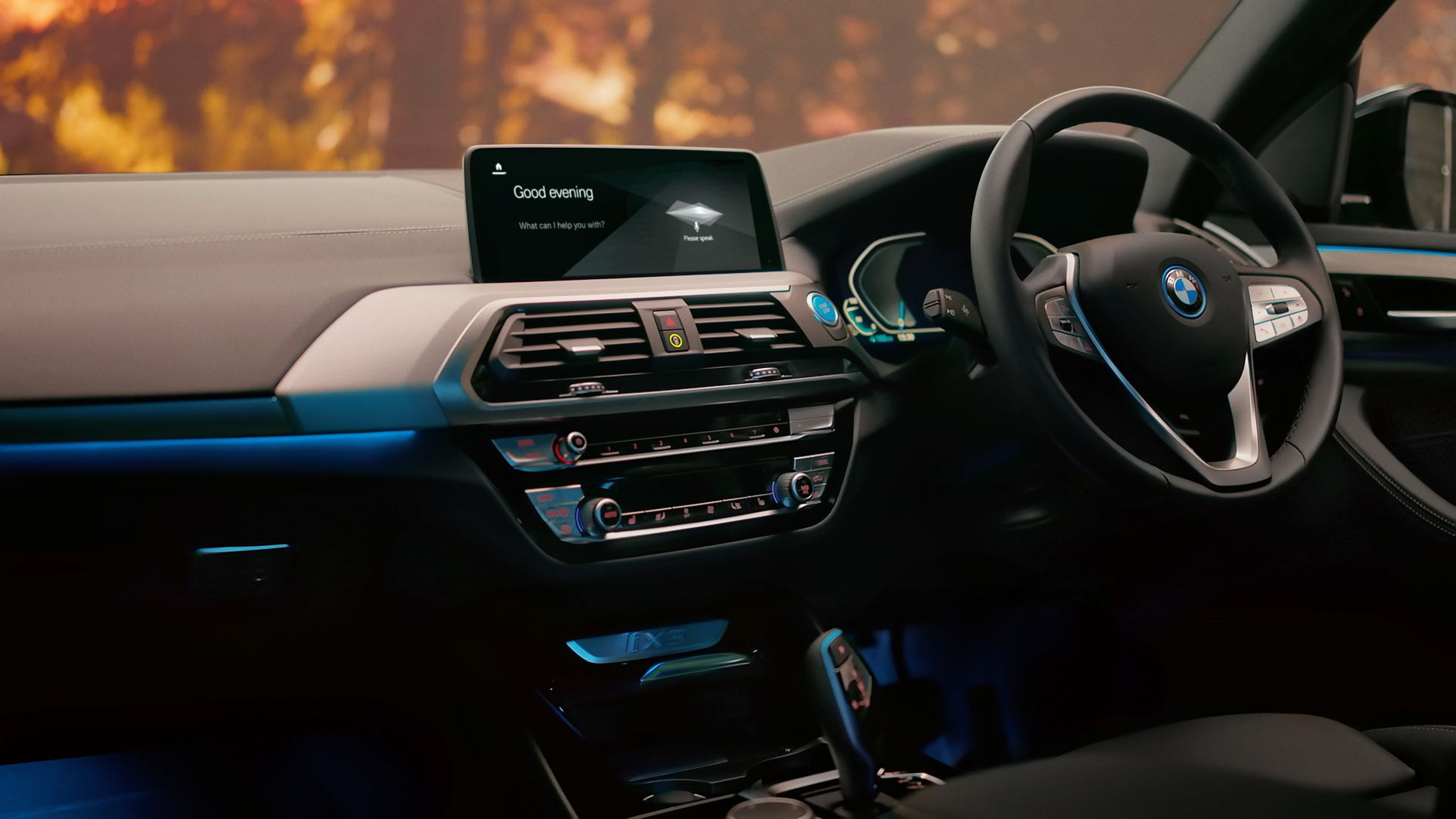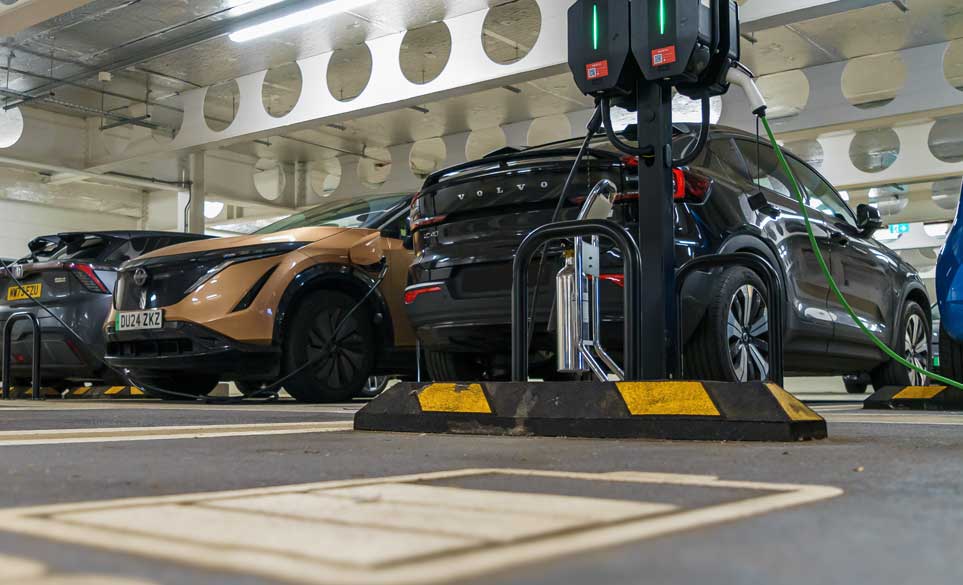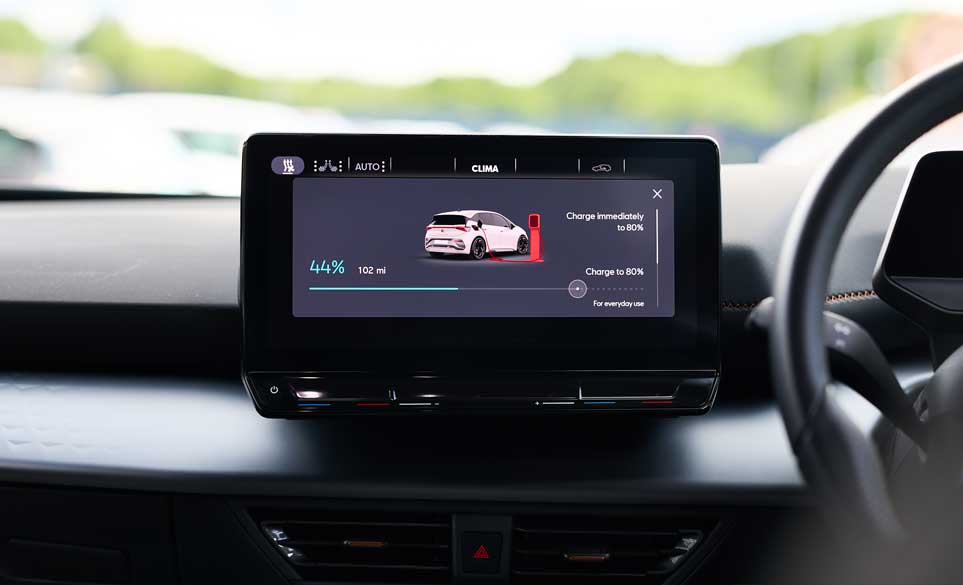Charging etiquette
There’s a lot of common-sense etiquette surrounding the use of public charge points. You don’t have to fully charge your car to travel anything but the longest distances. Others may need to use the charging point too, so try not to leave your car plugged in longer than is necessary.
How long?
If you’re driving a hybrid or PHEV with regenerative brakes, you’ll find that these work harder for you in urban locations where there’s a lot of stopping and starting. The brakes’ settings will be less aggressive on motorways and other long stretches where you can travel at a constant, good speed, especially if you anticipate any slower-moving vehicles ahead.
It’s important to be aware that not all EVs and charging points charge at the same rate. You can only charge your vehicle at the maximum charge rate your vehicle can accept. If, for example, this is 7kW, then the car won’t charge any faster if it is plugged into a 28kW charger.
Similarly, you also have to accept the maximum charging rate of the charge point too. Even if your vehicle can charge at 11kW, it will only charge at a rate of 7kW on a 7kW charger.
The larger your battery, the longer it will take to charge. Likewise, the more you’ve run it down, the longer it will take to reach full capacity again. A typical EV battery is around 60kW which would take just under eight hours to charge using a 7kW charger.
With most journeys being under five miles long, you could only charge your car in full once per average week. However, most drivers choose to top up their charge at regular intervals. The choice is yours.





